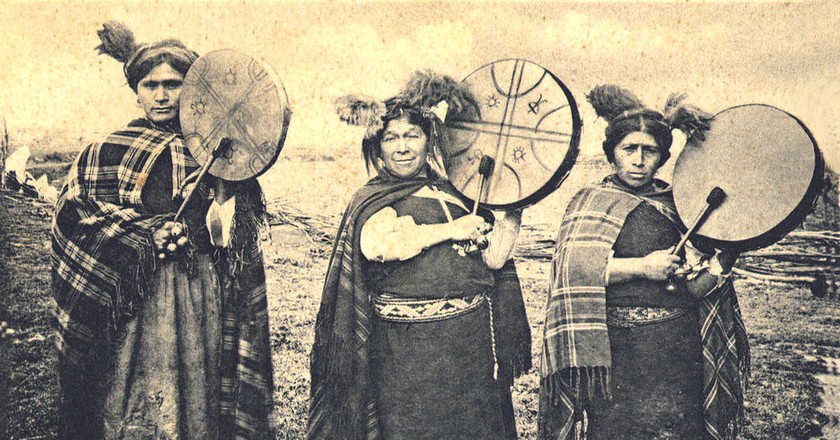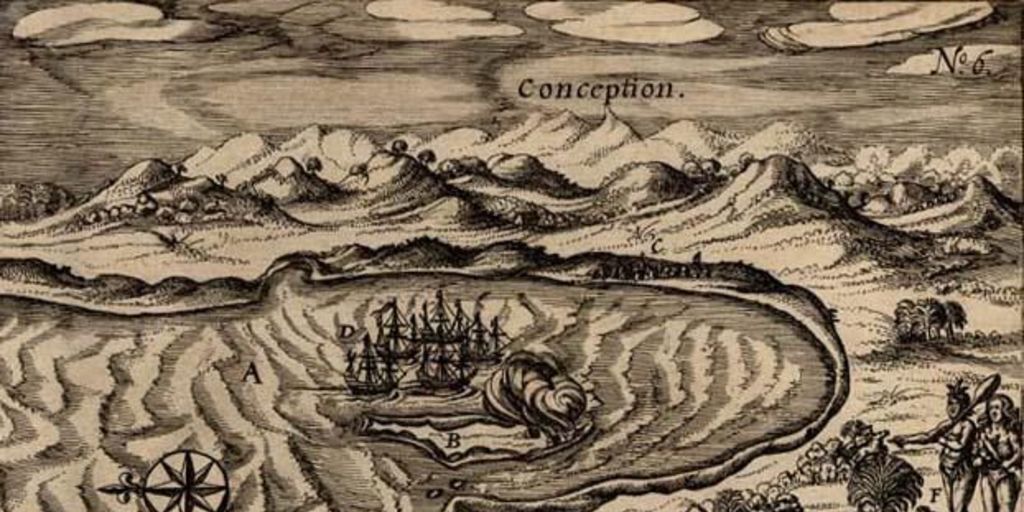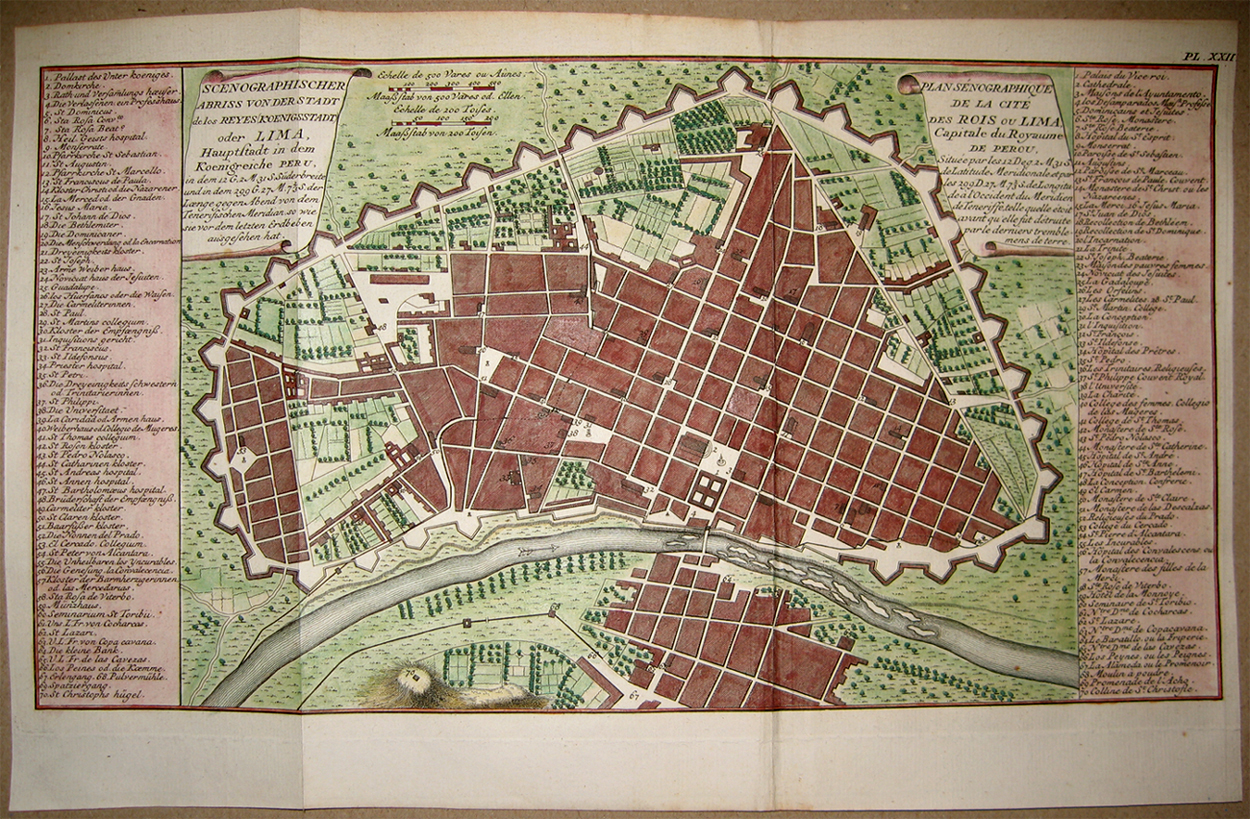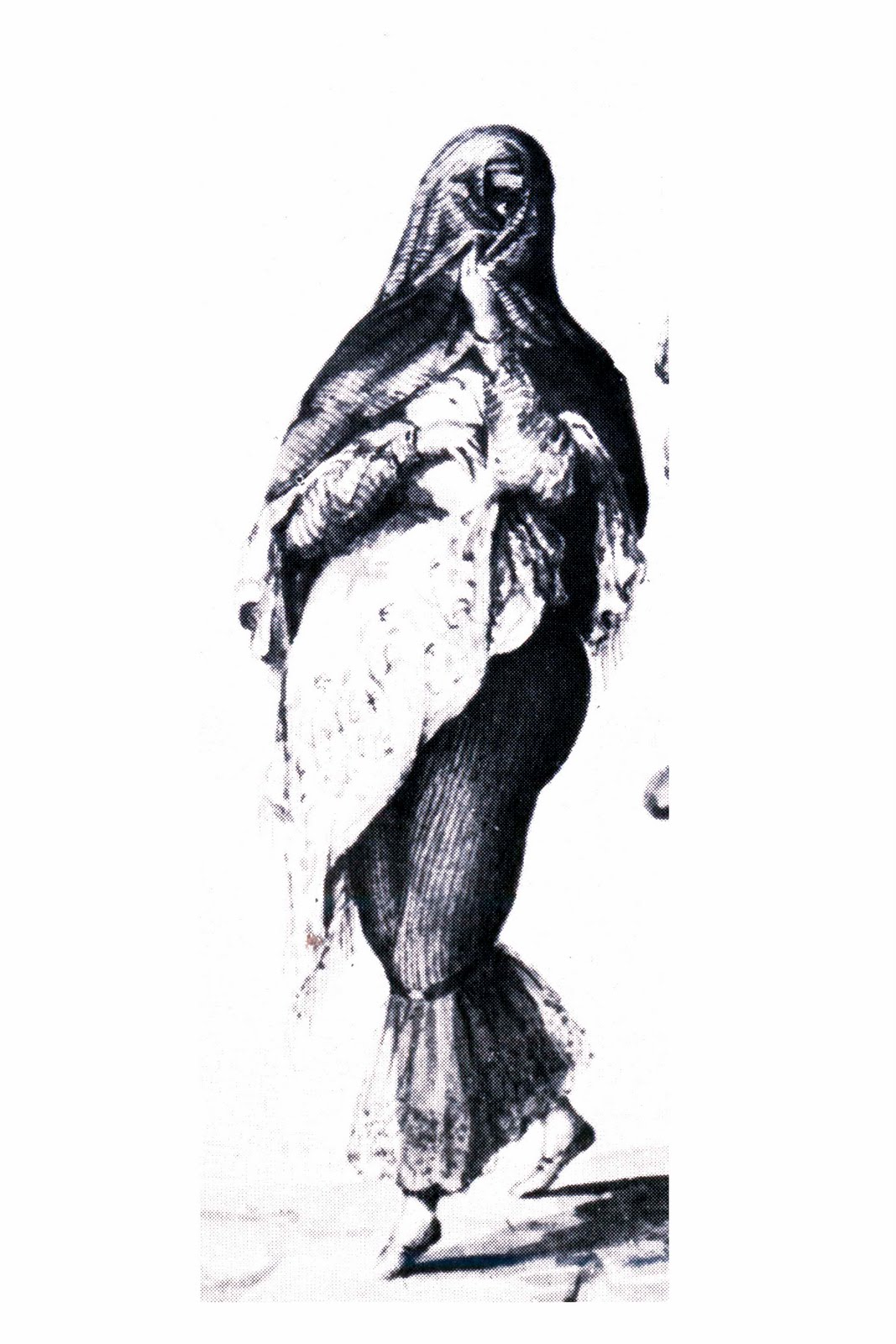Title: What is it? An oral history of Izzy, the mascot marketing snafu of Olympic proportions - Atlanta Magazine
Keywords: fantastic mascot—cobi, public appearances—, bob cohn, atlanta-based artist, york city, billy wanted, spanish art, children thought, vice president, senior director, blue blob, acog spokesperson, billy looked, easy character, olympic city, olympic games, olympic bid, question billy
Summary: <br>Bob Cohn, cofounder of public relations agency Cohn & Wolfe, member of Payne’s mascot committee: In Barcelona in 1992, they had a fantastic mascot—Cobi, who was typical of Spanish art and filled with creativity.<br>Some of them wrote us back letters [that essentially said] “The nerve!” or “We’re not doing anything for nothing.”<br>So it couldn’t be characters that existed in Georgia lore.<br>Somebody sent us a deer.<br>John Ryan, then senior director at DESIGNefx, the animation division of Crawford Communications: The basic job was to design something that would appeal to children and broadly on a world stage.<br>Photograph by Rich Mahan/Atlanta Journal-Constitution via AP<br>It wore five Olympic rings—two on its eyes and three on its tail—and oversized sneakers nearly half the size of its body.<br>Bob Brennan, then ACOG spokesperson: Billy Payne wanted to do something modern, reflective of the technological world we lived in.<br>You had movies like Jurassic Park, Total Recall.<br>Shuman: I received Hi-Rez right at the deadline, a Friday.<br>When Billy looked at that [proposal], he said, “Gee whiz, wow.<br>Payne: As CEO of the Olympic Games, I felt it was both our responsibility and within my authority to make whatever decisions needed to be made.<br>Shuman: By the time I got back on Monday afternoon, Ginger told me Billy had made his decision.<br>Were we raising enough money?<br>Shuman: You didn’t question Billy.<br>Payne: The logical question that you would ask on seeing it is “What is it?” I guess we just said, “Well, we should just put it into one word.”<br>Shuman: The name, Whatizit, was almost worse than the character itself.<br>Does it all run together?<br>Ryan: We had to have [final] designs submitted by March [1992], knowing it’d be debuted in August at the Barcelona Games.<br>It really looked funky.<br>In a huge stadium it can’t be little.<br>Shuman: To generate interest about the mascot, we did these billboards all over town saying, “Whatizit?” We built up this huge anticipation.<br>Ryan: It was made very clear that if secrecy was violated, Crawford could lose future contracts.<br>Photograph courtesy of Harry Shurman<br>Meanwhile an amorphous animated character filled the stadium’s video monitors.<br>Evans: I took the field with Gregg Burge, the famous New York [tap] dancer.<br>Joel Babbit, CEO of the Narrative Content Group, veteran ad exec who worked with Payne to promote the Olympic bid, and City Hall’s first-ever chief marketing and communications officer under Jackson: If Maynard had an opinion, he kept it to himself.<br>“How do you say ‘Whatizit’ in Mandarin?”<br>Like, this is it?<br>Completely and totally horrified.<br>They’re complaining: This is terrible.<br>But [ACOG] had a lot riding on the mascot financially from license sales.<br>Robert Hollander, then ACOG’s vice president of licensing: My heart dropped into my stomach.<br>Hula: It’s something that’s supposed to evoke an image of Atlanta, the host city, and it really didn’t do that at all.<br>We didn’t even think we were compelled to do something that would make somebody in Australia say, “That mascot must be from Atlanta, Georgia.” It never crossed our minds.<br>It was sort of like a bigger Charlotte.<br>Photograph courtesy of R. Land<br>Ronnie Land, an Atlanta-based artist, better known as R. Land, who has made Izzy-inspired art: This was our “Hey, world, we’re Atlanta” moment.<br>LaTara Smith (née Bullock), ACOG’s “project coordinator for Izzy appearances” during the Olympics: I’ve heard everything from toothpaste to blue blob.<br>Hiskey: People were going to focus on the crazy blue thing because there wasn’t a lot of other cool stuff here.<br>Bob Hope, president of Atlanta-based public relations firm Hope-Beckham Inc.: I thought [Billy] briefly lost his mind.<br>Kevin Sack, a New York Times reporter based in Atlanta, wrote in a 1996 story that “[i]t is precisely Izzy’s nothingness that has unwittingly made him an apt symbol for this Olympic city.<br>Whatizit’s costume made Mike Luckovich’s punchline.<br>People were embarrassed [by Whatizit].<br>You wish people would look at the good stuff instead of focusing on the minutiae and losing the big picture.<br>Campbell: I suspect I hurt some people’s feelings.<br>Photograph by Raymond McCrea Jones<br>ACOG officially retired Whatizit in October 1993.<br>It worked.<br>Babbit: I liked the name Izzy.<br>Jacqueline Blum, senior vice president of Film Roman, the animation studio behind The Simpsons, King of the Hill, and Garfield and Friends, which produced an Izzy cartoon for TV: Izzy was a character created by committee.<br>Ryan: You got into a scenario where you have multiple art directors and bosses.<br>Hope: [Izzy was] like New Coke.<br>Smith: Izzy developed a nose.<br>Shuman: We had these stars coming out of his tail at one point.<br>I raised my hand and said, “Maybe not?” They left the shoes the way they are.<br>The costume had to get softer.<br>Evans: Children loved the mascot.<br>I’d guess probably close to 15 percent.<br>Watkins: I’m guessing [the bestselling item] would be the doll that was 12 inches that could be carried under a kid’s arm.<br>Lounge chair pillows.<br>Shuman: Billy wanted to market the shoes.<br>Blum: It’s not a particularly easy character to animate.<br>Hollander: Our broadcast partner, NBC, had gotten out of the children’s program business.<br>Watkins: They created an Izzy balloon that flew in New York City in the Macy’s Thanksgiving Day Parade.<br>Photograph by Caroline C. Kilgore<br>Evans helped create a mascot program that recruited volunteers through auditions.<br>Smith: By the time the Olympics came around, we had upwards of 20 Izzys that could be in different places at one time.<br>I asked [Izzy], “How does one become the mascot?” They were having tryouts the next weekend.<br>Don’t exclude children.<br>For example, Izzy loved everyone, so whether it was a critic or a fan, you didn’t show any negative emotion.<br>Izzy had a size 22 sneaker, so you had to fit your shoe inside Izzy’s shoe, inside another little pocket, and be able to walk around in his big feet.<br>Jay: You entered through the top of his mouth.<br>Smith: A lot of children thought it would be fun to swing on the tail.<br>Evans: The lighting bolt eyebrows and rings on the tail were prime targets for being pulled, punched, or ripped off for a souvenir.<br>Smith: Handlers began watching the perimeter.<br>Photograph courtesy of Harry Shuman<br>Is he still waiting for a shuttle bus?<br>Smith: We took over one of the Olympic headquarters offices.<br>Other times it would be outside as a crowd-pleaser.<br>Jay: We were instructed to wear the Izzy costume 30 minutes on, 30 minutes off, because you would sweat.<br>Wilsterman: There were two fans at the top of Izzy’s head [inside the costume].<br>I was able to whisper into a little microphone that went into the escort’s ear.<br>Smith: Izzy didn’t talk.<br>Izzy didn’t do public appearances—only [ones for] ticketed sponsors.<br>Brennan: I don’t think Izzy showed up at the closing ceremony.<br>Jay: When the flame went out, so did Izzy.<br>The question came up: Can someone dress up in the Izzy costume to greet visitors in the Atlanta History Center?<br>Photograph courtesy of LaTara Smith<br>Smith: I still have one of the Izzy costumes.<br>Payne: People didn’t like it.<br>I never lost my enthusiasm for Izzy.<br>Was it the greatest experience of my life?<br>Evans: I do appreciate the originality and willingness to do something different.<br>Land: Atlanta tries so hard to be what we think the world wants to view us as.<br>Shuman: Izzy was kind of like Colony Square—a little bit before his time.<br>Smith: It would’ve been easier to have a phoenix.<br>It didn’t say anything.<br>Babbit: It doesn’t matter what it was.<br>It was bizarre.<br>An image of Izzy?<br>Shuman: Usually everything Billy touched turned to gold.<br>This article originally appeared in our July 2016 issue.<br>Tags: 1996 Atlanta Olympics, 1996 Olympics, Atlanta Olympics, Billy Payne, Izzy, John Ryan, Olympics, R. Land, Whatizit<br>


 The Malaysian archipelago was a major center of the spice trade and maritime commerce with Europe. Its takeover, first by Portugal in 1511, then by the Dutch East India Company in the mid-16th century, and followed by British colonization at the end of the 18th century, further complicated the diverse socioeconomic and cultural conditions that develop in the midst of international trade. Then as now, the flow of capital and goods made piracy a lucrative, albeit dangerous, activity.
For more information see
The Malaysian archipelago was a major center of the spice trade and maritime commerce with Europe. Its takeover, first by Portugal in 1511, then by the Dutch East India Company in the mid-16th century, and followed by British colonization at the end of the 18th century, further complicated the diverse socioeconomic and cultural conditions that develop in the midst of international trade. Then as now, the flow of capital and goods made piracy a lucrative, albeit dangerous, activity.
For more information see  Map of Lima, cir. 1750
Map of Lima, cir. 1750 Painting of a victim of the Inquisition paraded through streets by afro-Peruvian painter
Painting of a victim of the Inquisition paraded through streets by afro-Peruvian painter See
See 